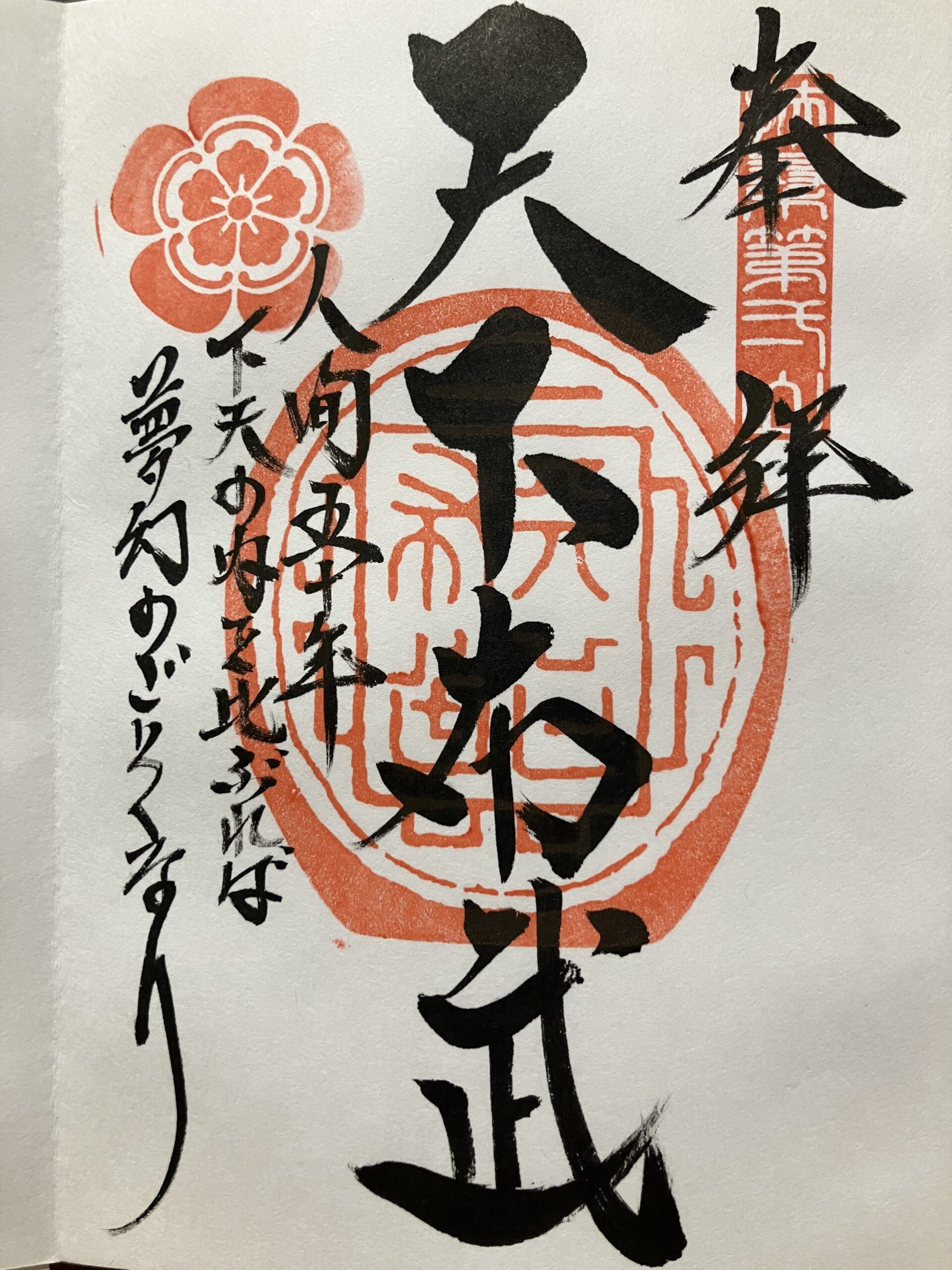Introduction to Azuchi Castle
The Azuchi Castle Ruins offer a rare opportunity to step into the world of Oda Nobunaga, one of Japan’s most influential warlords. Built in the late 16th century, Azuchi Castle revolutionized Japanese castle architecture and symbolized Nobunaga’s power and vision. Although the castle was destroyed just a few years after its completion, its ruins still attract history enthusiasts and scholars alike.
Historical Significance of Azuchi Castle
Construction and Purpose
Azuchi Castle was constructed in 1579 on the shores of Lake Biwa, in present-day Shiga Prefecture. Unlike traditional military fortresses, Nobunaga designed Azuchi Castle to serve as both a defensive stronghold and a political center, showcasing his dominance over rival warlords.
Oda Nobunaga’s Vision
Nobunaga’s aim was to create a castle that embodied his ambition to unify Japan. He combined European and Japanese architectural styles, incorporating grand towers, golden decorations, and elaborate interior designs. The castle’s vibrant murals and six-story keep were unprecedented at the time.
Destruction and Aftermath
Following Nobunaga’s assassination in 1582, Azuchi Castle was set ablaze during the power struggle that ensued. Although only remnants remain today, the site continues to be a testament to Nobunaga’s influence on Japanese history and architecture.
Architectural Marvels of Azuchi Castle
Unique Design Elements
Azuchi Castle featured a striking, multi-tiered donjon (main keep), adorned with gold leaf and intricate carvings. This design later influenced the construction of famous castles such as Osaka Castle and Himeji Castle.
Influence on Japanese Castle Architecture
Nobunaga’s innovative approach to castle design introduced new defensive techniques and aesthetic principles. The use of stone walls, wide moats, and strategically positioned gates became standard in later Japanese castles.
Artistic Features and Decorations
The castle’s interiors were decorated with paintings by renowned artists of the time, including those from the Kano school. The use of vibrant colors, gold leaf, and European-inspired frescoes set Azuchi Castle apart from its predecessors.
Visiting the Azuchi Castle Ruins Today
Location and Access
The ruins are located in Omihachiman, Shiga Prefecture, and can be accessed via JR Azuchi Station. A short hike leads visitors to the castle site, offering stunning views of Lake Biwa.
Key Sites within the Ruins
Visitors can explore the remains of the stone walls, foundations of the main keep, and the former castle town. The Azuchi Castle Archaeological Museum nearby provides valuable insights into the castle’s history.
Nearby Attractions
Other notable sites in the area include the Nobunaga-no-Yakata Museum, which showcases artifacts and reconstructions of the castle, and Hachiman-bori Canal, a historical waterway lined with traditional buildings.
Preservation Efforts and Cultural Heritage
Archaeological Discoveries
Excavations at the site have uncovered stone structures, pottery, and even traces of the castle’s painted walls, giving historians a deeper understanding of its grandeur.
Museums and Exhibitions
The nearby museums house models, historical documents, and digital reconstructions of Azuchi Castle, allowing visitors to visualize its former glory.
Future Conservation Plans
Efforts continue to preserve the ruins and enhance visitor experiences, with plans to improve accessibility and provide more educational resources about Nobunaga’s legacy.
Conclusion: Reflecting on Azuchi Castle’s Impact
Although Azuchi Castle no longer stands, its influence on Japanese history and architecture remains undeniable. The ruins serve as a powerful reminder of Oda Nobunaga’s ambition and innovation, attracting visitors who seek to experience a pivotal moment in Japan’s past.



コメント